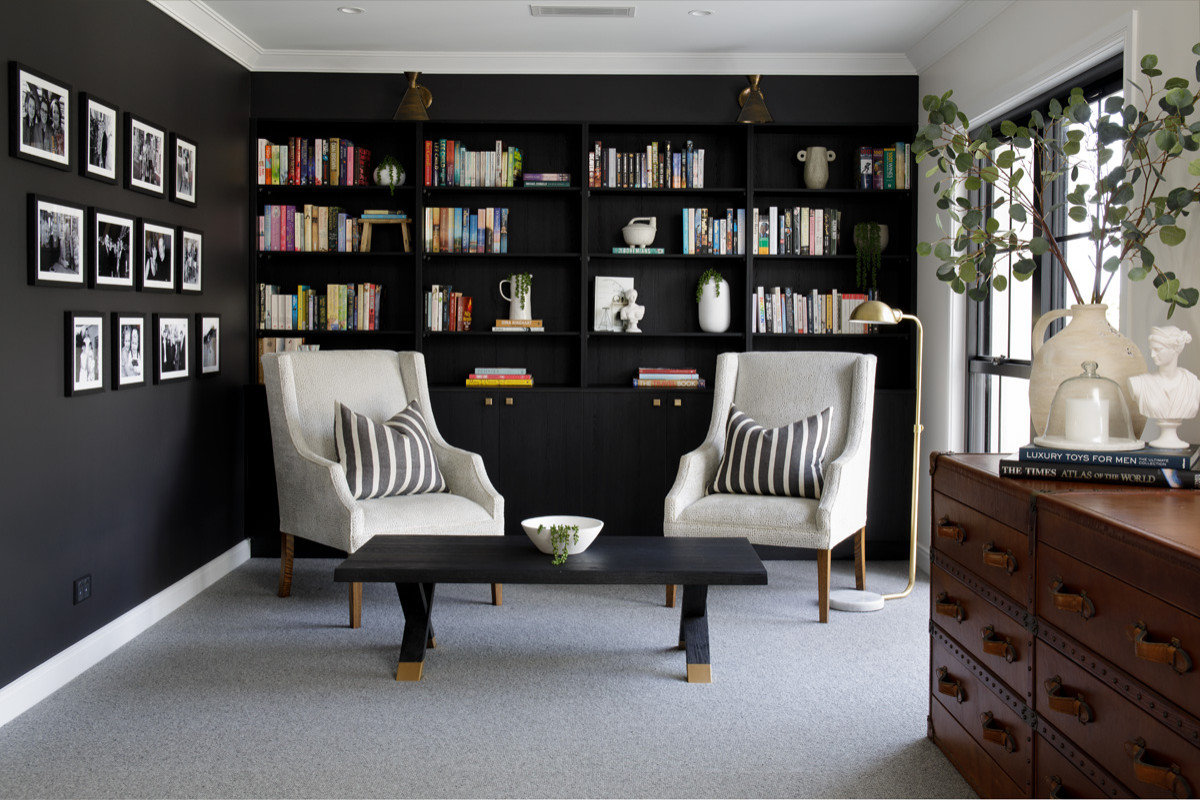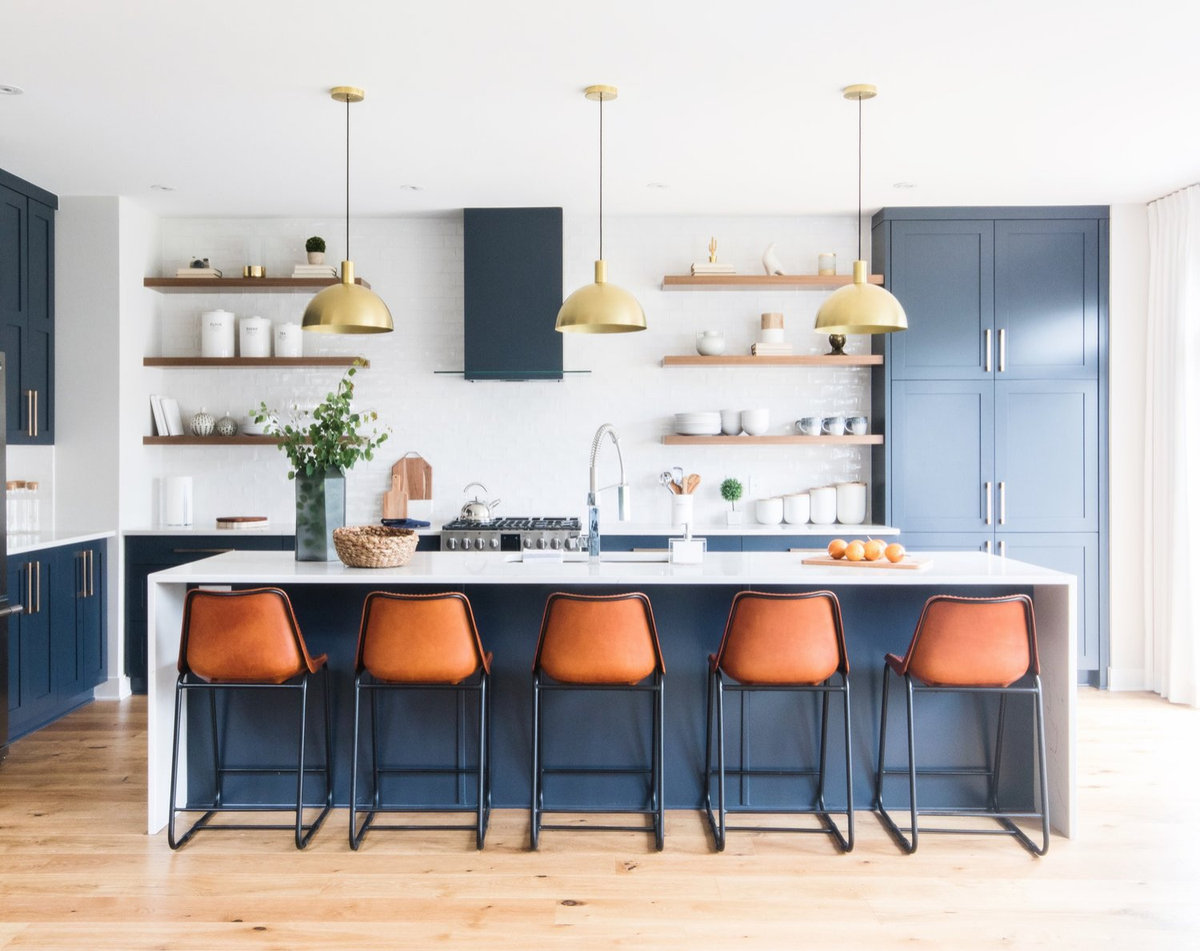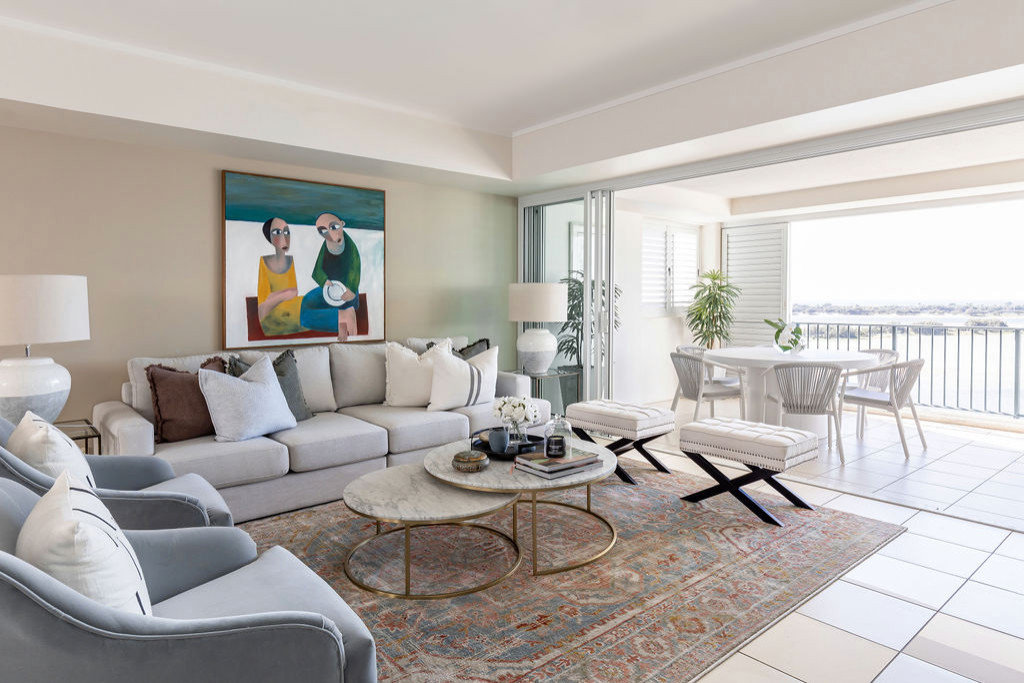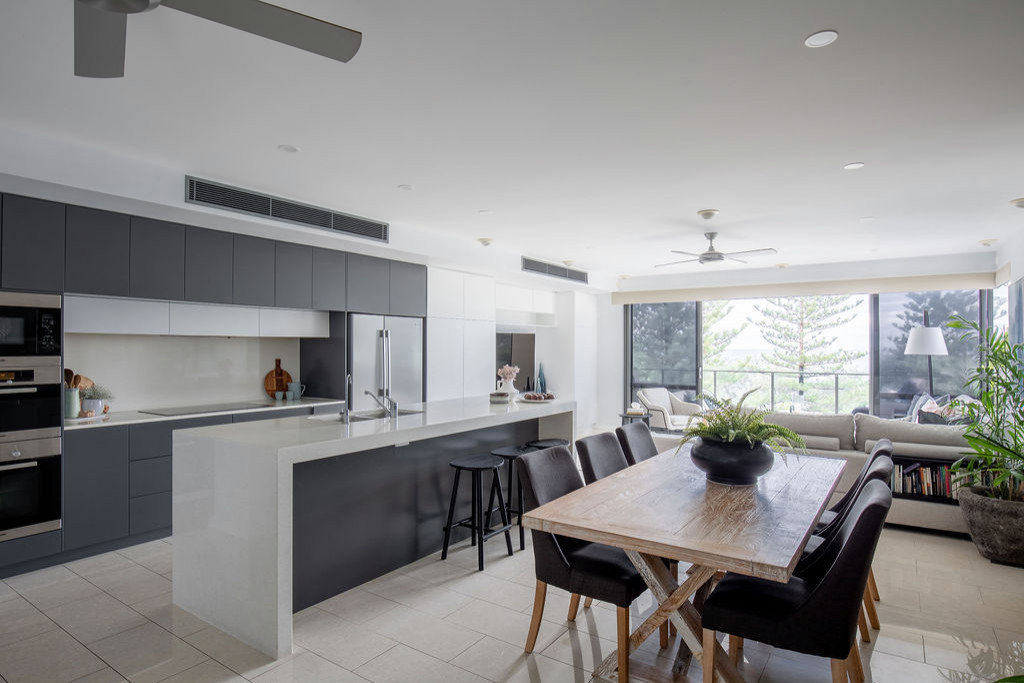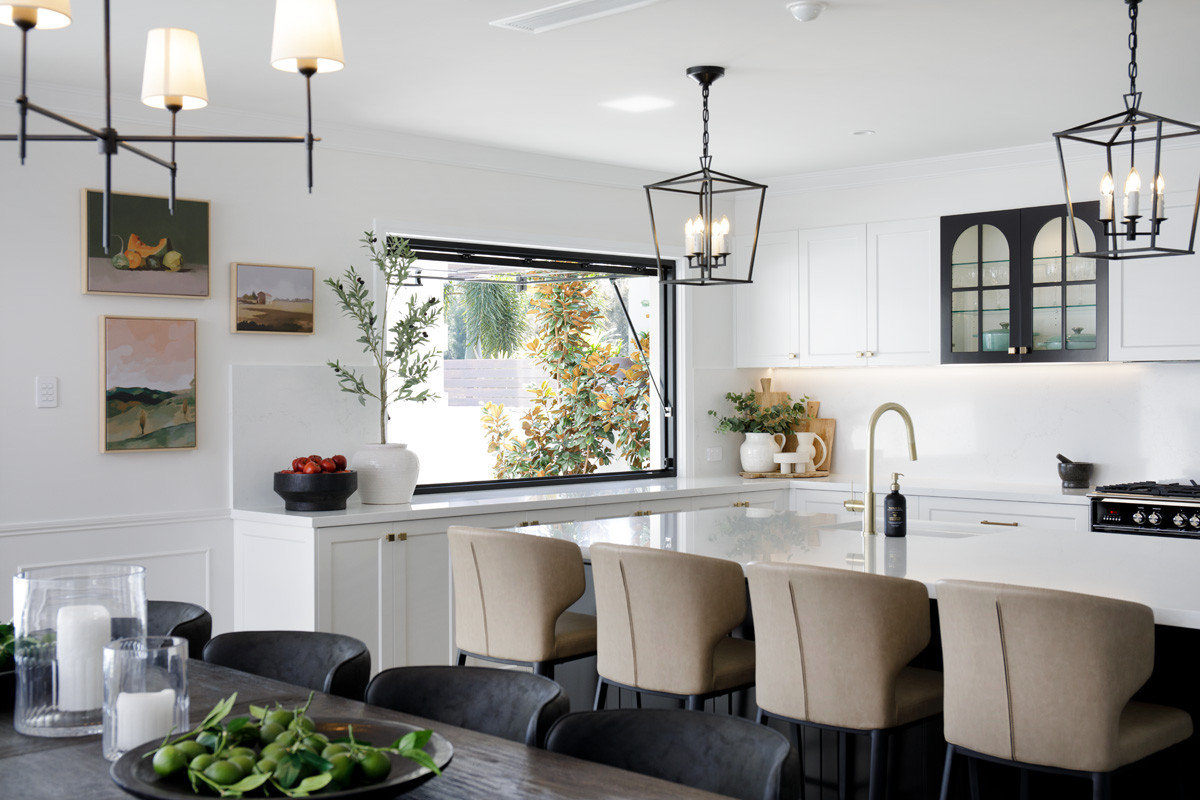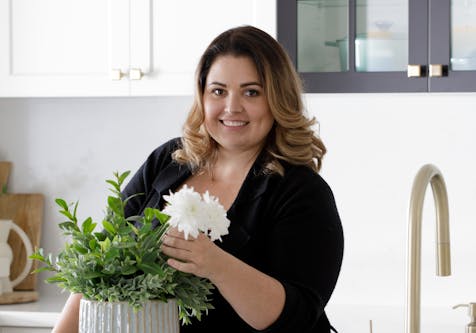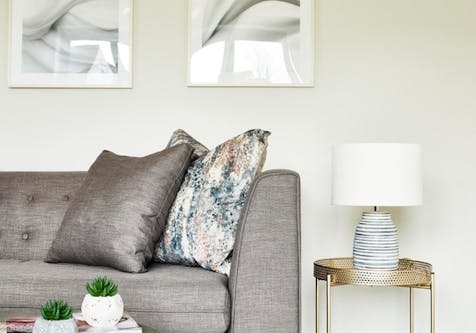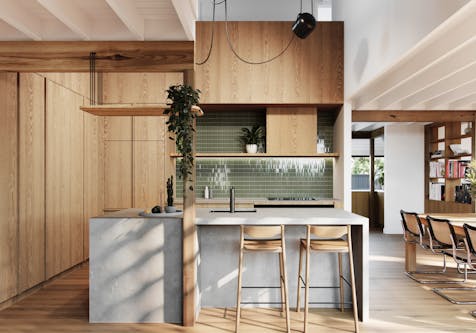Designer Lynda MacDonald Seizes the Day
This interior designer shares how she started a profitable solo business in the face of challenges — and how other designers can too
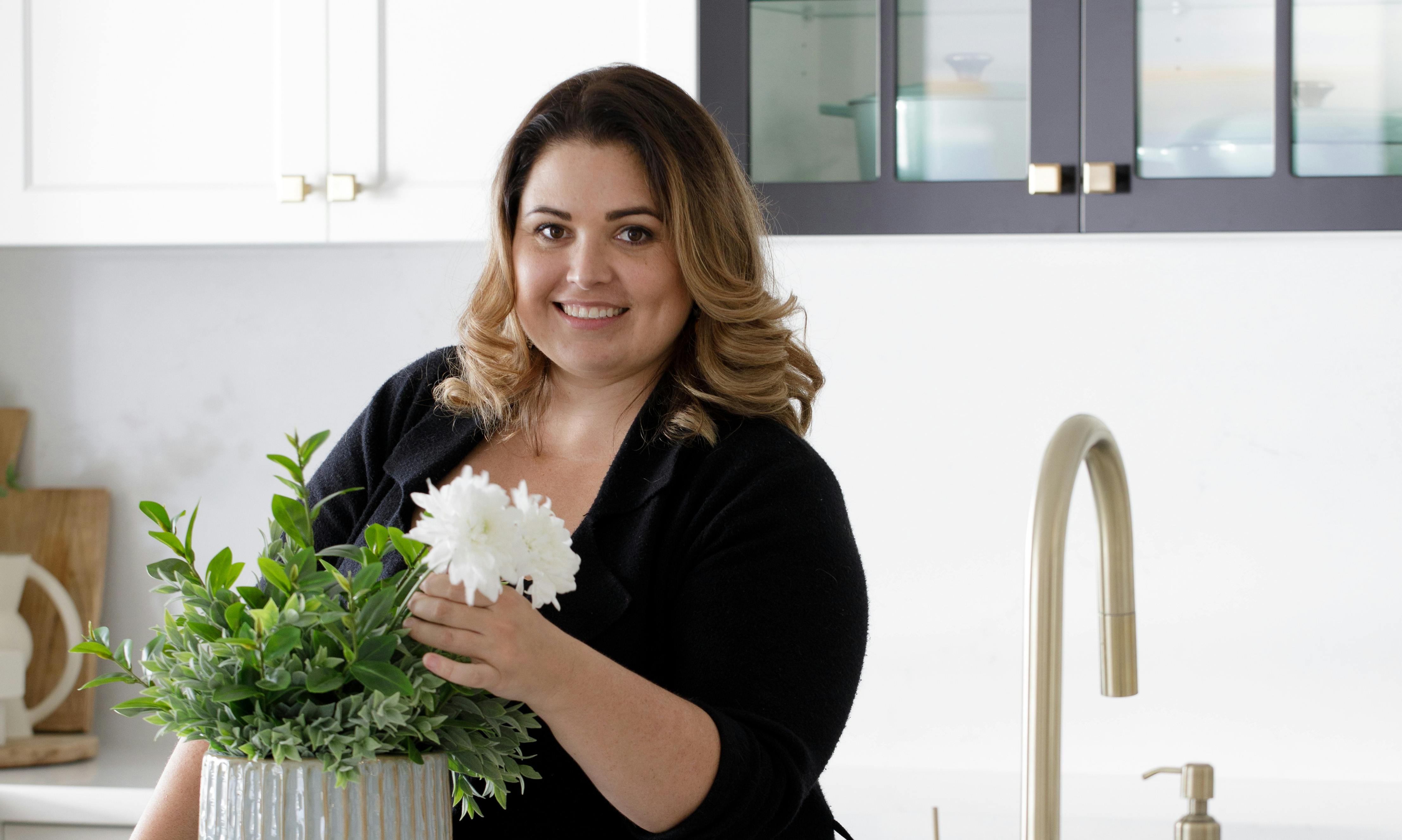
Brimming with ideas, plans and savvy strategies, Lynda MacDonald opened The Design Chaperone in Queensland at a time when many firms were going under. Here she shares her insights on turning adversity into opportunity, staying true to yourself as projects mount and learning the biggest element of succeeding as an interior designer.
An Open Mind Opens Doors
MacDonald didn’t start out dreaming of interior design. In fact, she aspired to be a vet or a lawyer. But life had other plans for her, and she landed in design school — and loved it. Upon graduating, she “went straight into working for commercial office interior fitouts,” she says. “And after that, marine interiors, high-end residential design and commercial interiors. I have a little bit of experience across a broad range of industries, in both design and sales.” Sales has always been a core focus of her work.
Everything seemed to be going swimmingly for MacDonald. And then came 2020.
“I took [a job] opportunity managing a whole new team of designers, working together to develop new furniture ranges and implementing so many strategies I was really passionate about,” she says. “I took that job, and COVID hit.… They let everyone go.”
To make matters worse, “I had just moved house three times in that year, which took a real hit on my minimal savings,” she says. “I didn’t know what to do.” But she didn’t stay still for long. “I looked at it as, ‘Well, there’s nothing else for me to do other than go out on my own,’” she says. Springing into action, the designer rang up a customer she had been working with. “I said, ‘I’m going to go out on my own. I know we were halfway through your project. Do you want to finish it with me?’ She said yes, and that was that.” The Design Chaperone was born.
Lots of Hard Work — and a Lucky Break
MacDonald taught herself how to build a website right away, and took an online marketing course. But the biggest step, she says, was “advertising through Houzz and getting a profile on Houzz…. Most of my projects actually come from Houzz, as well as the relationships that I’ve now formed with my builders and valued trades.”
Setting Up for Success
“I actually think that the business side makes up 60% to 70% of your success,” MacDonald says. “I think you can be a very good designer but still not make it, because you don’t know how to deal with builders and trades and how to make sure you’re communicating with your clients throughout the design process.”
How does she manage the myriad tasks that enable great experiences in those dealings and communications? Houzz Pro is a big help, particularly its project management tools. “It’s a godsend,” she says. “Sometimes these CRM systems can cost $30,000 to $100,000 or more to customise it, and Houzz is for designers, so it’s exactly what I need. I love it.”
She also relies on Houzz Pro’s project management tools, which offer ways to create professional client proposals and track projects. “Before, I was using Excel spreadsheets,” MacDonald says. “I’m very good at Excel and I’m very fast, but it still wasn't cutting it.” She would manually “enter all the retail prices, my discount, the cost price, the shipping rates, and then tally everything up. It was all very messy. And if any of my formulas were out, then it would all be wrong and I would run the risk of losing money on a project.” Not to mention, the estimates “just didn’t look great when I was sending them to clients,” she adds. “I just wanted a more professional way.” Houzz Pro’s templates save her time, reduce the potential for costly errors and convey professionalism in every way.
Keeping Calm and Carrying On
MacDonald is rolling with the pandemic’s punches, thanks to solid business systems and a can-do attitude. For instance, her system automatically onboards clients by sharing her 10-step design process, providing a framework that sets expectations and reduces the chances of miscommunication. “It’s about telling them how I will work with them, so that they understand what my deliverables are,” she says. “Before I’ve even seen them, they already know what to expect throughout the design stages. They have a rough time frame for each stage, and then when I meet them, I will reiterate that as well. I’ll also go through any pain points, such as procurement fees that I charge.”
Speaking of fees, MacDonald has learned to vet clients to make sure they’re a good fit budget-wise, so “that we’re not going to get a client that is a DIYer who wants to do everything themselves and goes out and double-checks everything or looks for the cheapest products on the market,” she says. “When running a successful business, it’s also very important to make sure that the jobs are profitable, that they’re not going to be a drag on and take longer than we have quoted, and become a project that I don’t find enjoyable for myself or the client in the end.”
She also makes sure clients respect her stated boundaries regarding working hours. “Just because they’re available after seven o’clock at night doesn’t mean that I am,” she says. “We do become friends, and so it’s hard to draw that line. Because it is such a personal experience when you’re building someone’s home.… But still, I’m a business. I’m not available at all hours.”
Sage Advice for New Designers
MacDonald’s own design business is only two years old, but almost two decades of experience in the industry have taught her plenty. Below are some words of wisdom for newer designers.
• “You need to educate yourself in marketing and social media. It’s a huge part of the business, getting out there taking photos and little videos every day to get in front of your clients and promote yourself. You’re providing credibility for your business and showing them a sneak peek behind the scenes of your business.”
• “It’s important to say yes to any opportunity that comes along [in the beginning]. If you do spend more time on [a project] than you’re charging, that’s fine because you need the experience. Whatever you learn at school is nothing compared to what you learn on the job talking to your trades. Any opportunity you can get to be involved in a project, I think is worth it in the beginning.”
• “I'm a member of a lot of different design groups, and so I see what other designers are saying and the problems they are also facing. Because it’s a very secretive industry, I think by having all these people around you in the same boat, it gives you [insight into] what other people are charging and what they’re doing.”
• “Always be nice to your trades…. The trades are there to educate you on what they do as an expert.… It’s just about keeping them in mind; it’s back and forth referrals, and making sure you’re respectful to them even when something goes wrong — which it will!”
• “I think it’s a great idea to look at [Houzz Pro], because it just syncs up with everything else really easily.… It's saved me so much time.”
But if you can remember only one takeaway, the most important might be the one MacDonald has clearly followed at every step of the way to success:
“You’ve got to provide clear communication at all stages of your project and be ready for anything — be ready to diversify,” she says.
More From Houzz Pro Learn
PRO SUCCESS STORIES
Designer Lynda MacDonald Seizes the Day
PRO SUCCESS STORIES
UK Designer Natasha Burton on the Value of an Online Portfolio, Business Expansion and the Power of Automated Marketing
PRO SUCCESS STORIES

